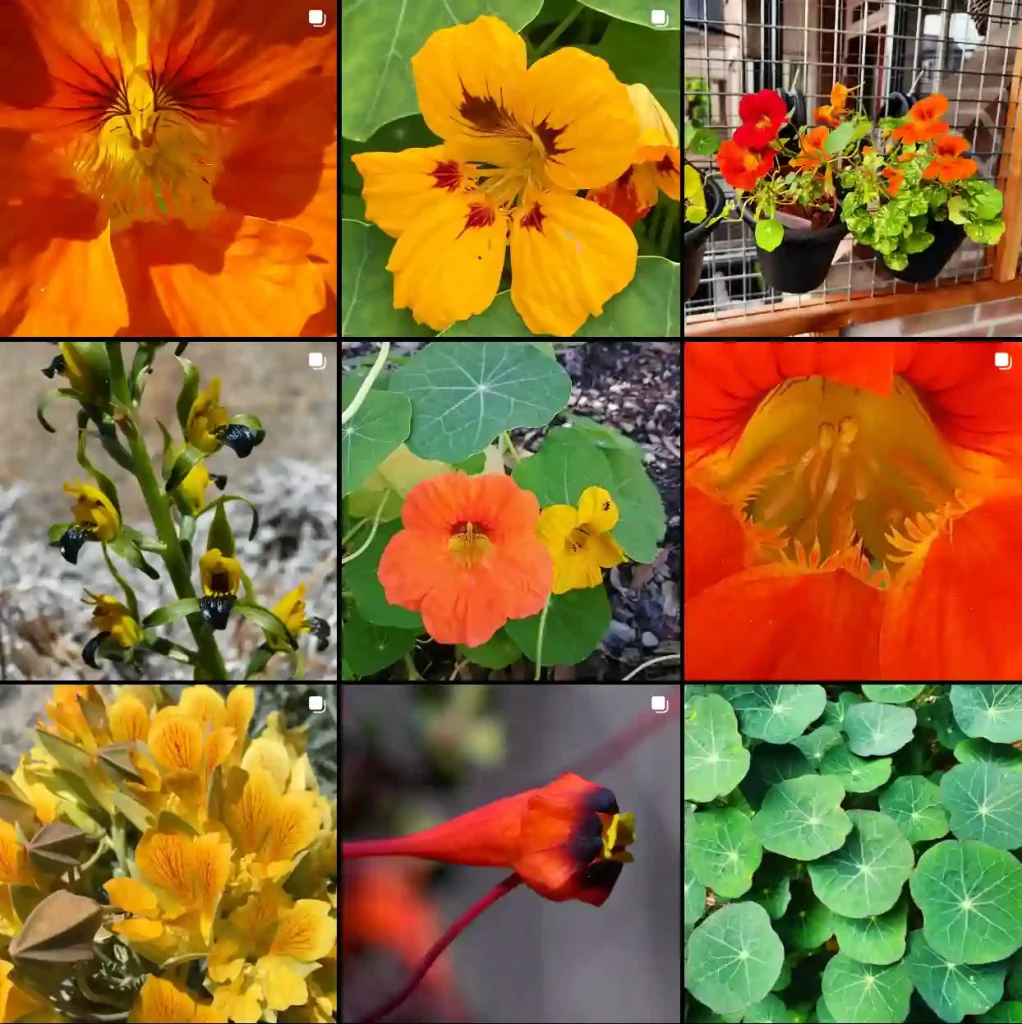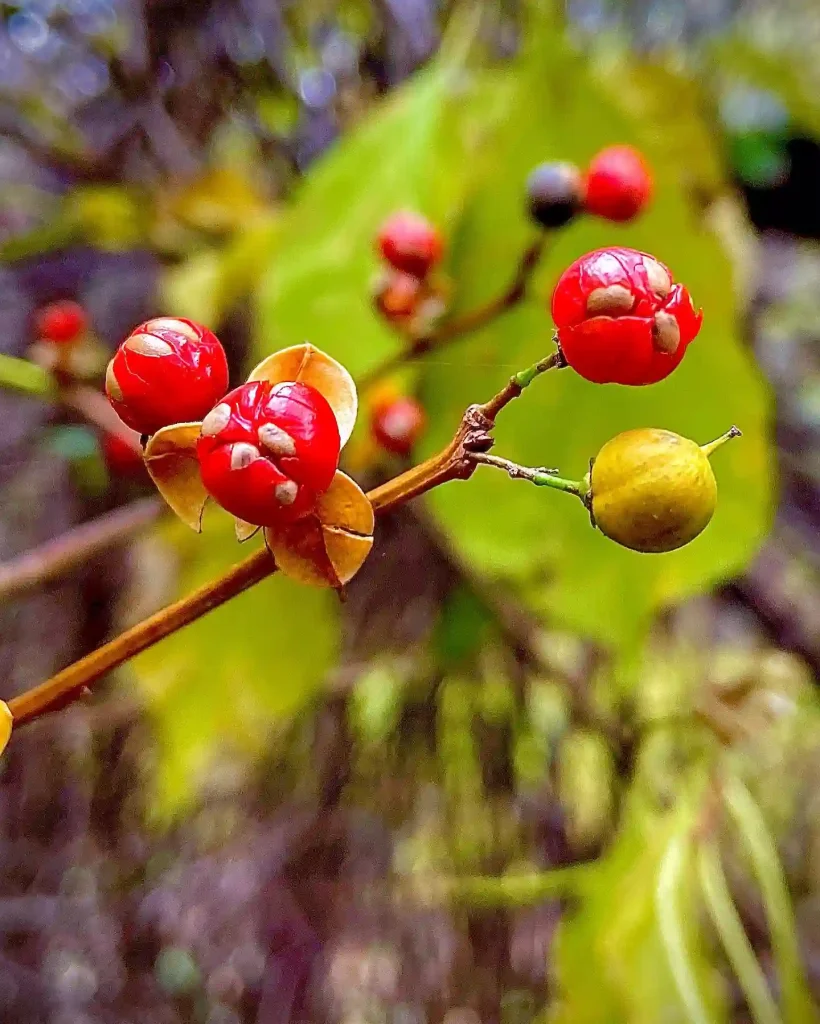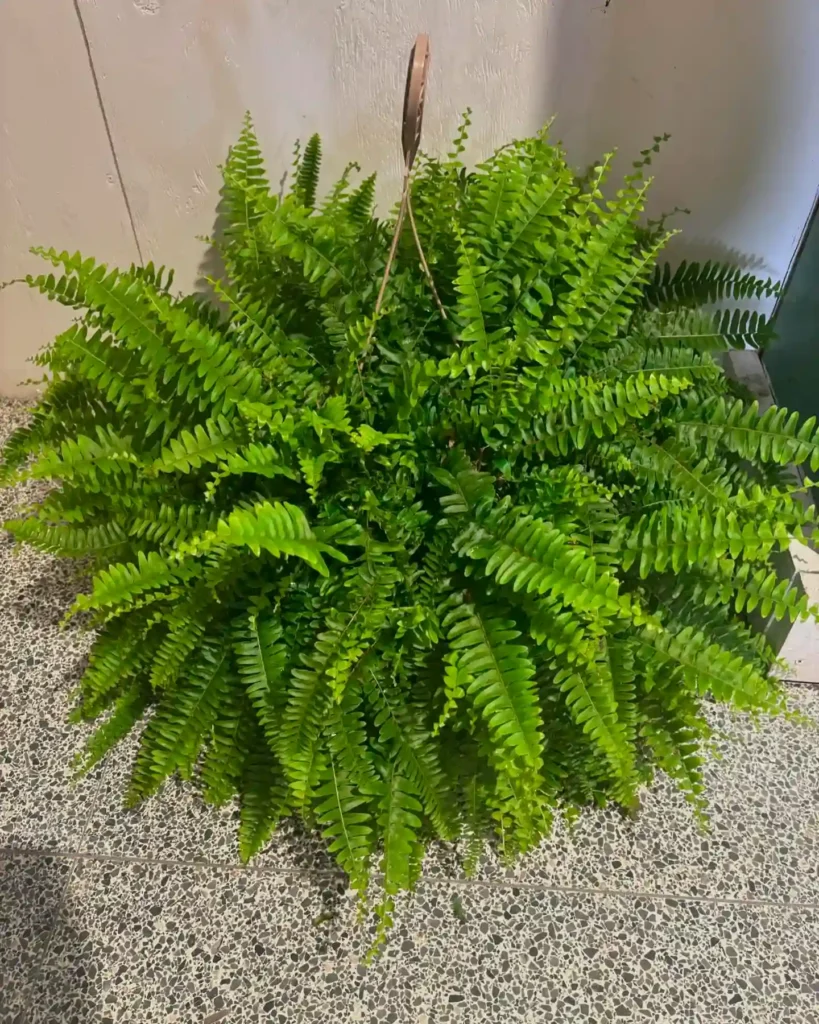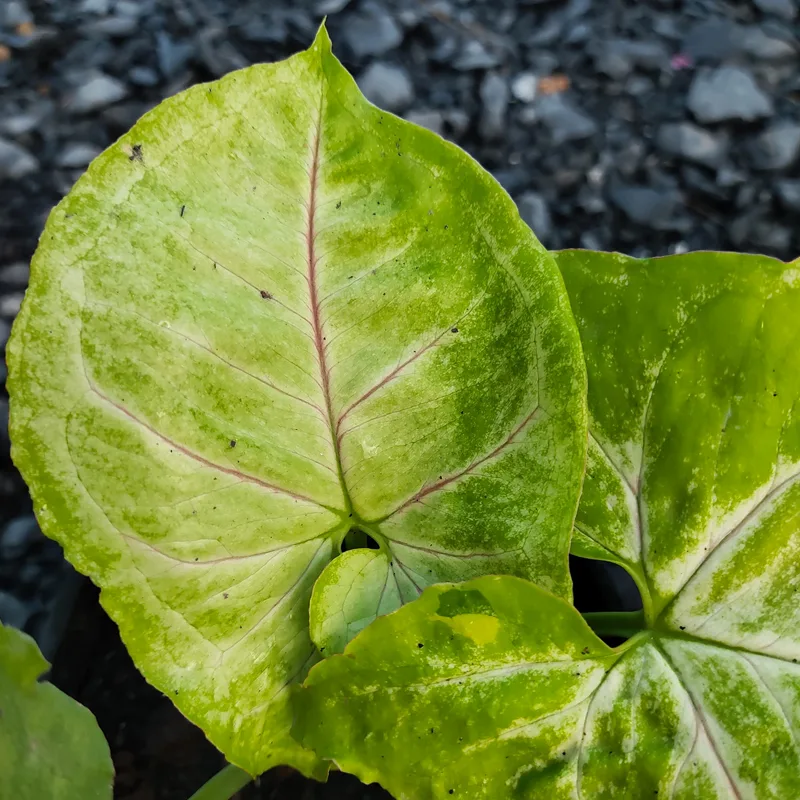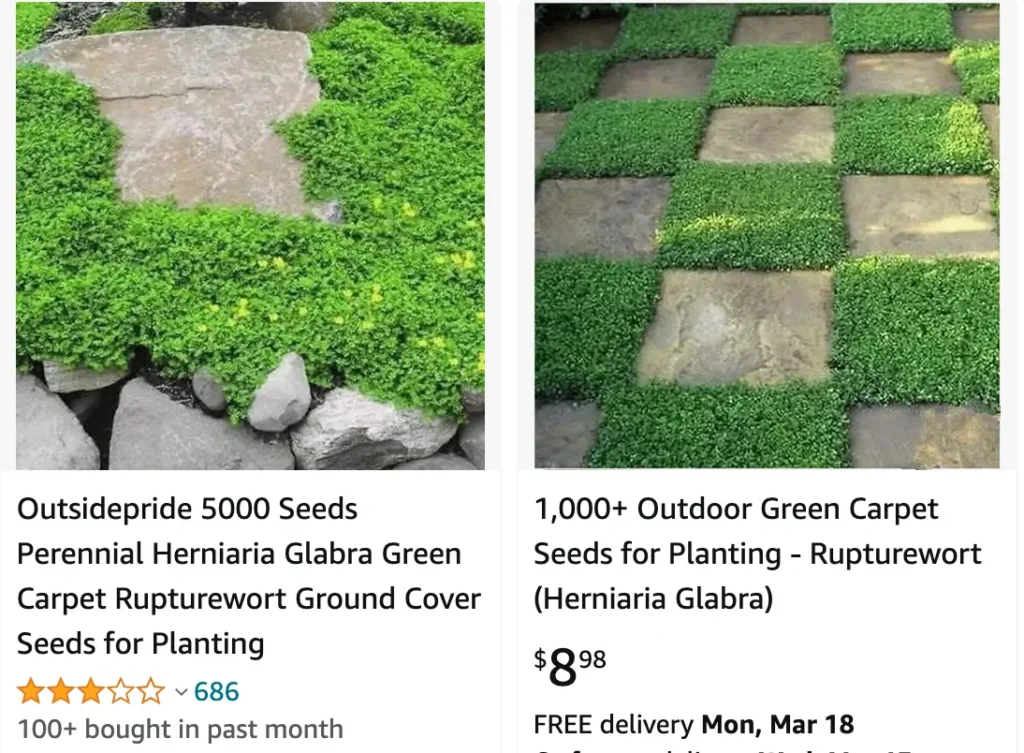
How to plant Herniaria glabra Green Carpet Rupturewort?
Planting Herniaria glabra, or Green Carpet Rupturewort, was a delightful experience for me. I remember carefully selecting a sunny spot with well-draining soil in my garden. I dug small holes about 6 inches apart and gently placed the Herniaria glabra plugs in them. After covering the roots with soil, I watered them thoroughly. It was satisfying to see them take root and spread, creating a lush green carpet over time.
Is Herniaria glabra toxic to dogs?
I’ve always been cautious about the plants I introduce to my garden, especially because I have pets. When I researched Herniaria glabra, I found that it’s considered non-toxic to dogs, which was a relief. Knowing that my furry companions can roam freely without any harm from this plant brings me peace of mind.
Where to buy Herniaria glabra?
Finding Herniaria glabra for my garden wasn’t too difficult. I opted to purchase mine from a reputable online nursery specializing in ground cover plants. They had a variety of sizes available, allowing me to choose the ones that best fit my garden’s needs. The plants arrived in excellent condition, ready to be planted.
Can Herniaria glabra get cedar rust?
One concern I had when planting Herniaria glabra was whether it could be affected by cedar rust. However, after researching, I found that this plant is not typically susceptible to cedar rust. This reassurance helped me focus on other aspects of care for my Green Carpet Rupturewort.
Can you walk on Herniaria glabra?
Walking on Herniaria glabra is possible, but it’s essential to do so cautiously. While it can tolerate light foot traffic, excessive walking or trampling can damage the delicate foliage and impede its growth. I prefer to enjoy its beauty from afar and avoid walking on it whenever possible.
Do mice or rats live in Herniaria glabra?
Fortunately, I haven’t encountered mice or rats living in my Herniaria glabra. I think its dense, low-growing nature makes it less attractive to these rodents compared to other plants. Regular maintenance, such as keeping the garden clean and free of debris, may also help deter unwanted visitors.
Does Herniaria glabra Green Carpet grow fast?
Herniaria glabra, also known as Green Carpet Rupturewort, is known for its slow to moderate growth rate. In my experience, it took some time for the plant to establish itself and spread, but once it did, it formed a dense carpet of greenery. With proper care and favorable conditions, it can gradually fill in empty spaces and create a lush ground cover.
How often should Herniaria glabra be watered?
Watering Herniaria glabra is crucial, especially during its establishment phase. I found that watering it deeply once or twice a week, depending on weather conditions, helped promote healthy growth. However, once established, it’s relatively drought-tolerant and requires less frequent watering.
Is Herniaria glabra invasive or noxious?
One of the reasons I chose Herniaria glabra for my garden is because it’s not considered invasive or noxious. Its slow-spreading nature and non-aggressive behavior make it an excellent choice for ground cover, especially in areas where controlling invasive plants is a concern. Its ability to form a dense carpet while coexisting harmoniously with other plants is something I appreciate.
When to plant Herniaria glabra?
I planted my Herniaria glabra in early spring, as soon as the soil was workable and the threat of frost had passed. This timing allowed the plants to establish themselves before the hot summer months arrived. I found that planting them early in the growing season gave them the best chance to thrive and spread, resulting in a beautiful green carpet by summer’s end.
If i die, water my plants!
